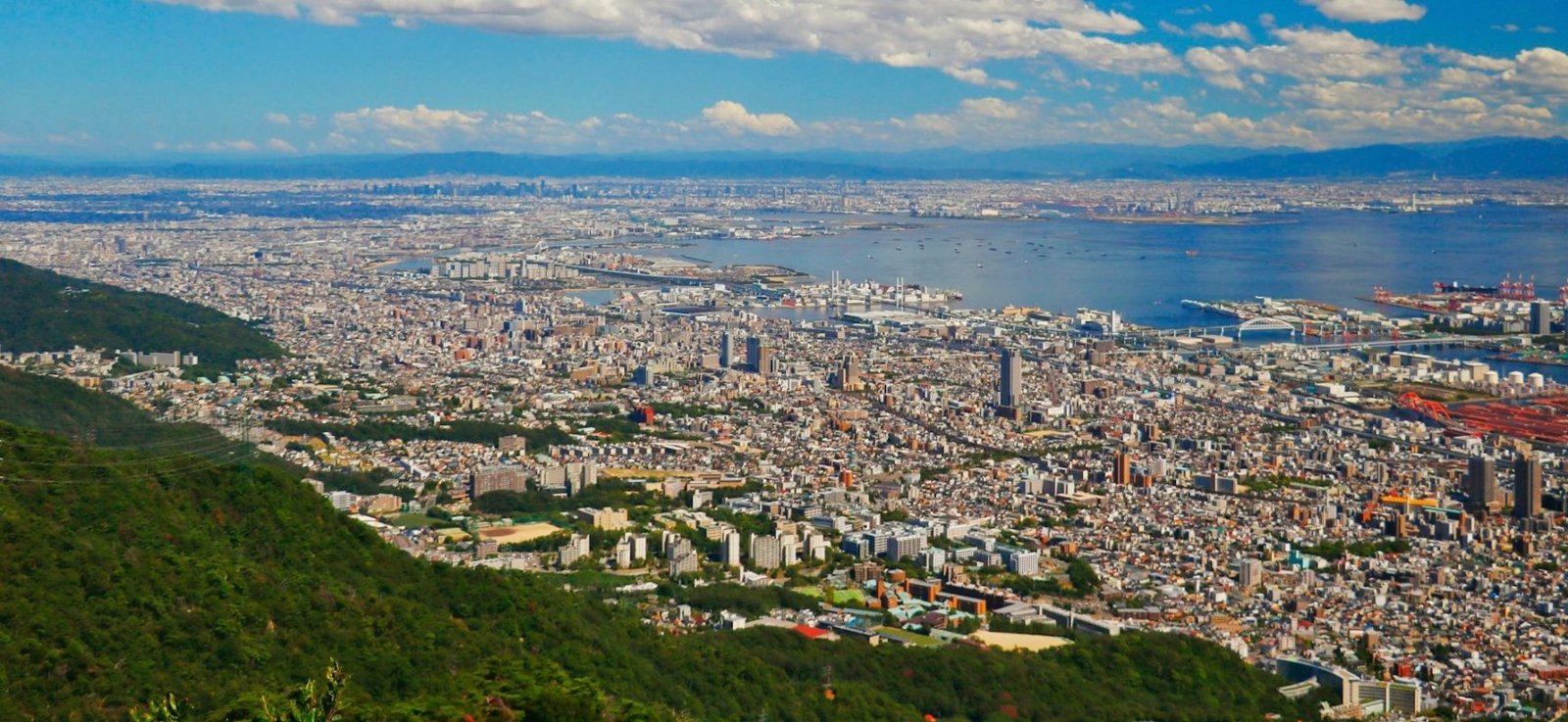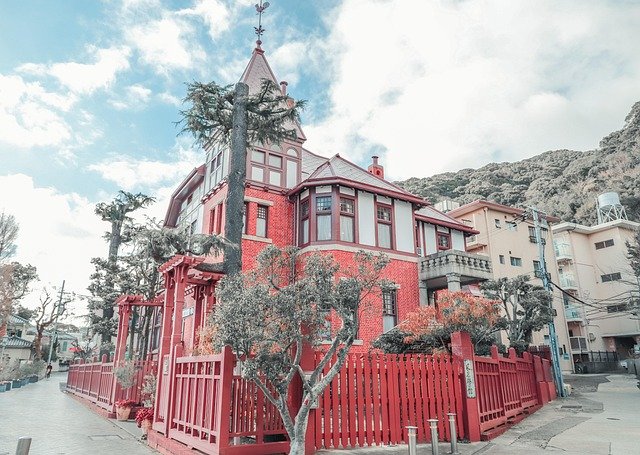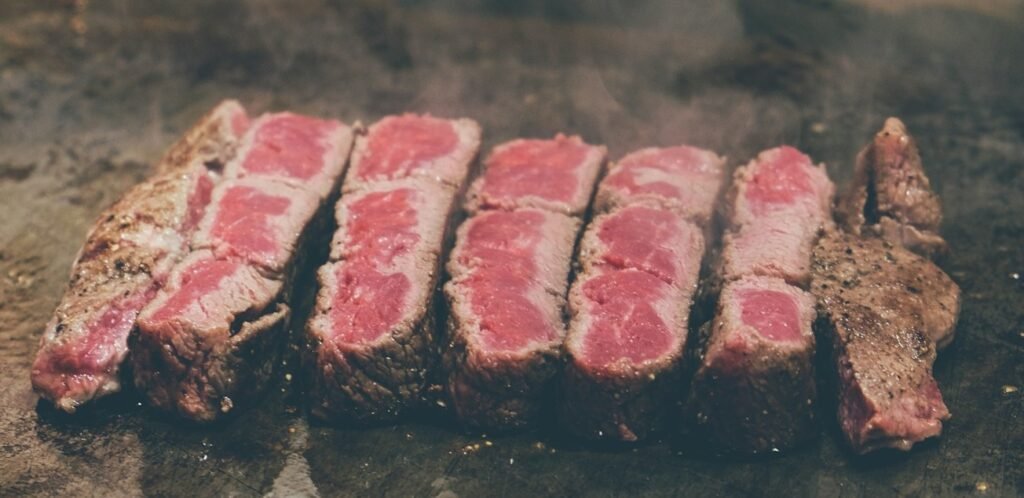Kobe
Home of the World-Famous Beef

Kobe, the capital of Hyogo Prefecture, is a vibrant port city nestled between the Rokko Mountains and the Seto Inland Sea in Japan’s Kansai region. With a population of around 1.5 million, it ranks as Japan’s seventh-largest city and is part of the Keihanshin metropolitan area, alongside Osaka and Kyoto. Known for its cosmopolitan flair, Kobe blends Japanese traditions with international influences, a legacy of its history as one of the first ports opened to foreign trade in 1868. This unique character is evident in its diverse architecture, multicultural neighborhoods, and a reputation for resilience, having rebuilt itself after the devastating Great Hanshin Earthquake of 1995. Today, Kobe offers a mix of scenic beauty, urban sophistication, and culinary excellence, making it an appealing destination for travelers seeking both relaxation and exploration.
It helps keep this site running, and we appreciate your support!
Flights
Hotels
Sightseeing

Kobe Port Tower
Standing 108 meters tall, Kobe Port Tower is the city’s most recognizable landmark, offering 360-degree views of the harbor, mountains, and skyline. Its distinctive red, hourglass shape lights up at night, making it a photogenic centerpiece of Meriken Park. Visitors can ascend to the observation decks for a small fee, enjoying a bird’s-eye perspective of the bustling port and distant Akashi Kaikyo Bridge. The tower also houses a revolving café, blending sightseeing with a relaxing break.

Kitano Ijinkan
The Kitano Ijinkan district is a historic neighborhood filled with Western-style homes built by foreign merchants in the late 19th century. These well-preserved residences, now museums, offer a glimpse into Kobe’s past as an international trading hub. Highlights include the Weathercock House and the Moegi House, each with unique architecture and exhibits. The area’s cobblestone streets and nearby cafés add to its old-world charm.
Activities
Kobe Harborland Night Cruise
The Kobe Harborland Night Cruise is a captivating 45-minute journey that transforms an evening in Kobe into a memorable experience. Departing from the bustling Harborland district, this cruise is typically aboard the Luminous Kobe 2, a spacious restaurant ship designed to showcase the city’s nocturnal beauty. As you glide along the water, you’re treated to panoramic views of Kobe’s illuminated skyline, including the glowing red silhouette of the Kobe Port Tower, the twinkling lights of Meriken Park, and the distant outline of the Akashi Kaikyo Bridge. The ship offers dining options—think fresh seafood platters or Japanese-style set meals—served as you relax on deck or in the cozy indoor seating. The gentle hum of the engine and the cool sea breeze create a romantic ambiance, making it perfect for couples or anyone seeking a serene break from daytime exploration. Booking ahead is recommended, especially on weekends when locals and tourists alike flock to this popular outing, and it’s wise to arrive 15-20 minutes early at the Harborland pier to check in and soak in the pre-cruise atmosphere.
Sake Tasting Tour in Nada District
The Sake Tasting Tour in the Nada District immerses you in Japan’s rich brewing heritage within one of the country’s premier sake-producing regions, just a short train ride from central Kobe. This guided experience, often lasting 2-3 hours, takes you through historic breweries like Hakutsure Sake Brewery or Kiku-Masamune, where centuries-old techniques meet modern innovation. You’ll start with a walkthrough of the facilities, learning how pristine spring water from Mount Rokko and locally grown Yamada Nishiki rice create sake renowned for its crisp, balanced flavor. The highlight is the tasting session—expect to sample 3-5 varieties, from light and fruity junmai to robust, earthy genshu, guided by an expert who explains each pour’s nuances. Some tours include a sake-pairing snack, like dried squid or rice crackers, enhancing the flavors. The district’s quaint streets, lined with traditional wooden buildings and small museums, invite a leisurely stroll post-tour, and you can pick up a bottle or two from brewery shops as a souvenir. Wear comfortable shoes, as you’ll be on your feet, and book in advance to secure an English-speaking guide if needed.
Nunobiki Herb Garden & Ropeway Ride
The Nunobiki Herb Garden & Ropeway Ride combines natural beauty and a touch of adventure, starting near Shin-Kobe Station. The experience kicks off with a 10-minute ropeway ride in a colorful cable car, ascending 400 meters above the city with sweeping views of Kobe’s skyline, the harbor, and the cascading Nunobiki Falls below—a sight that’s especially stunning in autumn when the foliage blazes with color. At the top, you’ll step into Japan’s largest herb garden, spanning 40 acres with over 75,000 plants across 200 varieties, from lavender and rosemary to seasonal blooms like tulips or roses. Winding paths lead through themed sections, including a greenhouse with exotic plants and a rose garden with a European flair. There’s a café serving herb-infused teas and desserts (try the lavender ice cream), plus benches for soaking in the tranquility. The return trip offers a chance to hike down via trails if you’re feeling active—about 40 minutes—or simply ride the ropeway back. Tickets often bundle the round-trip ride and garden entry, and it’s a good idea to visit early to avoid midday crowds, especially in spring or summer.
Kobe Animal Kingdom Visit
A visit to Kobe Animal Kingdom on Port Island is a delightful all-weather activity spanning 3-4 hours, perfect for families or animal enthusiasts. Housed in a mix of indoor and outdoor spaces, this compact zoo lets you get up close with over 100 species, from cuddly capybaras and red pandas to exotic birds like flamingos and toucans. The highlight is the interactive zones—feed alpacas with provided pellets, pet gentle wallabies, or watch penguins waddle during feeding shows (check the daily schedule online). The indoor “Flower Forest” section mimics a tropical habitat, complete with free-flying birds and a mini waterfall, while the outdoor areas feature spacious enclosures and a small lake. A café and picnic spots keep you fueled, with bento boxes or light snacks available. Accessible via the Portliner from Sannomiya (a 15-minute ride), it’s easy to reach, and the flat layout makes it stroller-friendly. Tickets are affordable, with discounts for kids, and pre-booking ensures you skip any entry lines—ideal during school holidays when it gets busier.
Akashi Kaikyo Bridge Tour
The Akashi Kaikyo Bridge Tour, available through Tripadvisor, is a rare chance to explore the engineering marvel that holds the title of the world’s longest suspension bridge, stretching 3,911 meters across the Seto Inland Sea. This guided 2-3 hour experience begins with a taxi or shuttle from Sannomiya to the bridge’s base on Awaji Island, where you’ll meet your group and don a safety harness. After a briefing, you’ll ascend via an elevator to the top of one of its 300-meter towers—nearly as tall as the Eiffel Tower—walking along a secure maintenance path used by engineers. At the summit, you’re rewarded with jaw-dropping views: the swirling currents of the Naruto Strait, the patchwork of islands, and Kobe’s distant skyline on clear days. The guide shares insights into the bridge’s construction, completed in 1998, and its role linking Honshu and Shikoku. It’s a moderate physical challenge—expect some stairs and wind—but safety is paramount with harnesses and staff supervision. Booking is essential, as spots are limited and weather-dependent (rain cancels it), so check forecasts and wear sturdy shoes for this bucket-list adventure.
Dining

